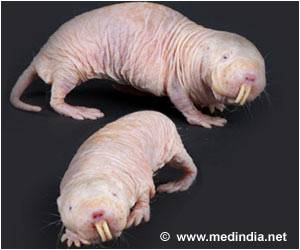In neurons of the cerebellum, a dysfunction of a certain Calcium channel, the so called P/Q-type channel is sufficient to cause different motor diseases as well as a special type of epilepsy.

P/Q-type channel defects cause a range of diseases
"One of the main challenging questions in neurobiology related to brain disease is in which neuronal circuit or cell-type the diseases originate," Melanie Mark says. The Bochum researchers aimed at answering this question for certain motor disorders that are caused by cerebellar dysfunction. More specifically, they investigated potential causes of motor incoordination, also known as ataxia, and motor seizures, i.e., dyskinesia. In a previous study in 2011, the researchers showed that a certain Calcium channel type, called P/Q-type channel, in cerebellar neurons can be the origin of the diseases. The channel is expressed throughout the brain, and mutations in this channel cause migraines, different forms of epilepsy, dyskinesia, and ataxia in humans.
Disturbing cerebellar output is sufficient to cause different diseases
"Surprisingly, we found in 2011 that the loss of P/Q-type channels, specifically in the sole output pathway of the cerebellar cortex, the Purkinje cells, not only leads to ataxia and dyskinesia, but also to a disease often occurring in children and young adults, absence epilepsy," Dr. Mark says. The research team thus hypothesized that disturbing the output signals of the cerebellum is sufficient to cause the major disease phenotypes associated with the P/Q-type channel. In other words, P/Q-type channel mutations in the cerebellum alone can elicit a range of diseases, even when the same channels in other brain regions are intact.
Disturbing the input to the cerebellum has similar effects as disturbing the output
Advertisement
Source-Eurekalert















